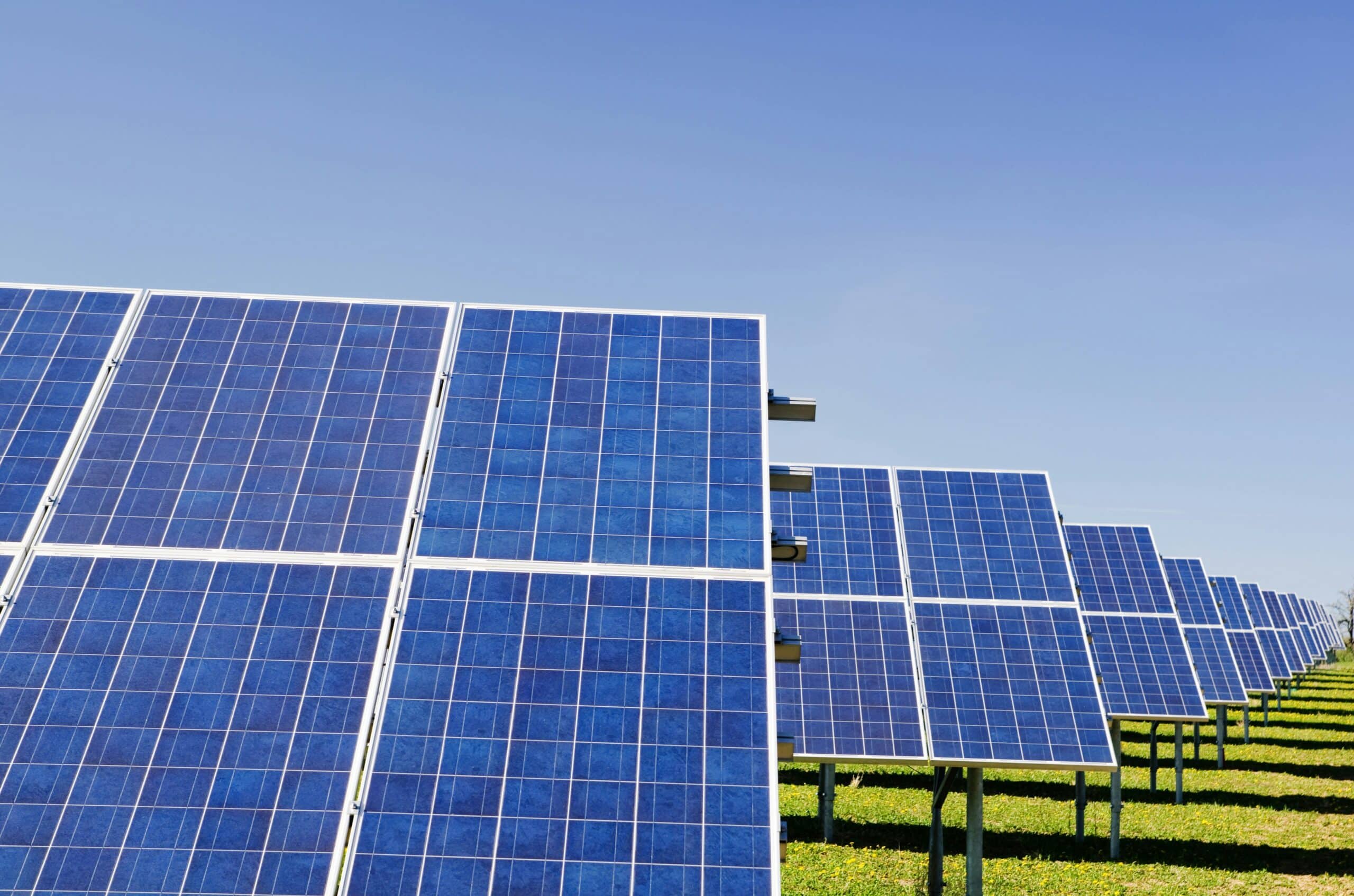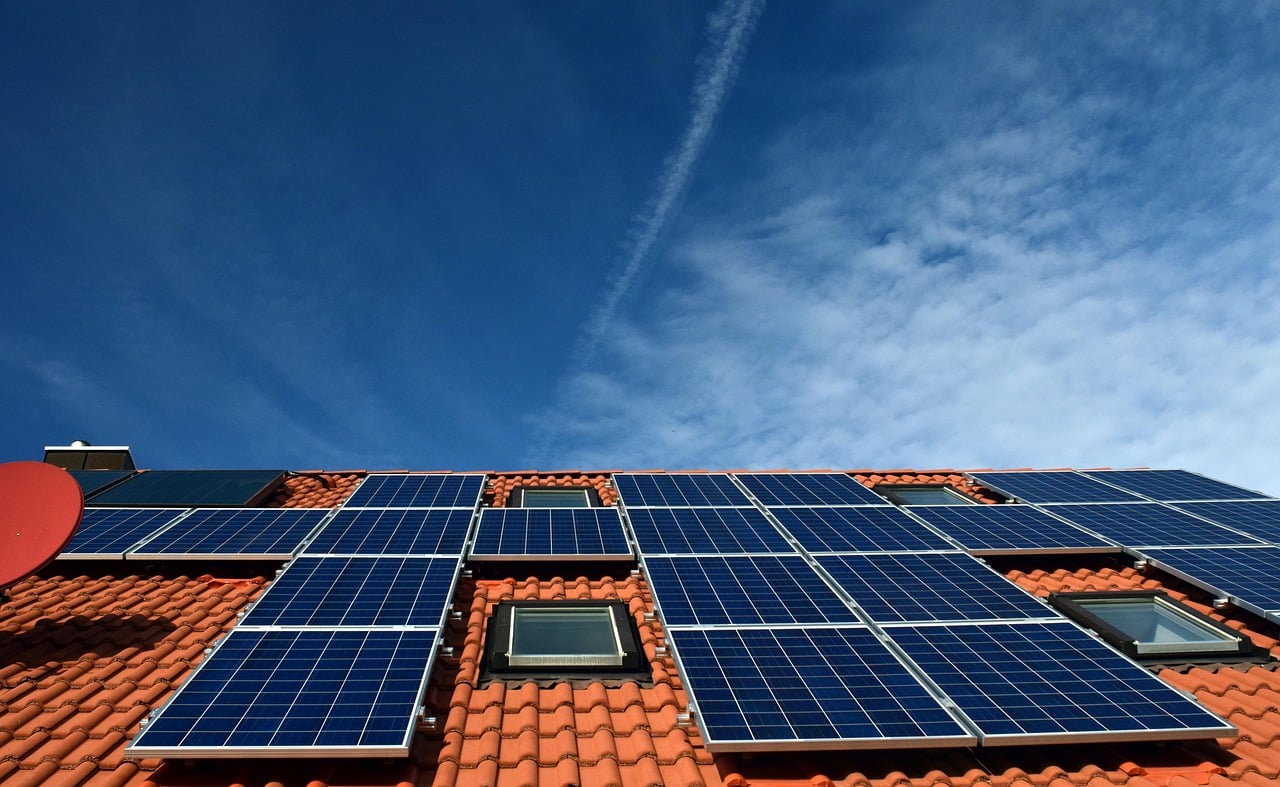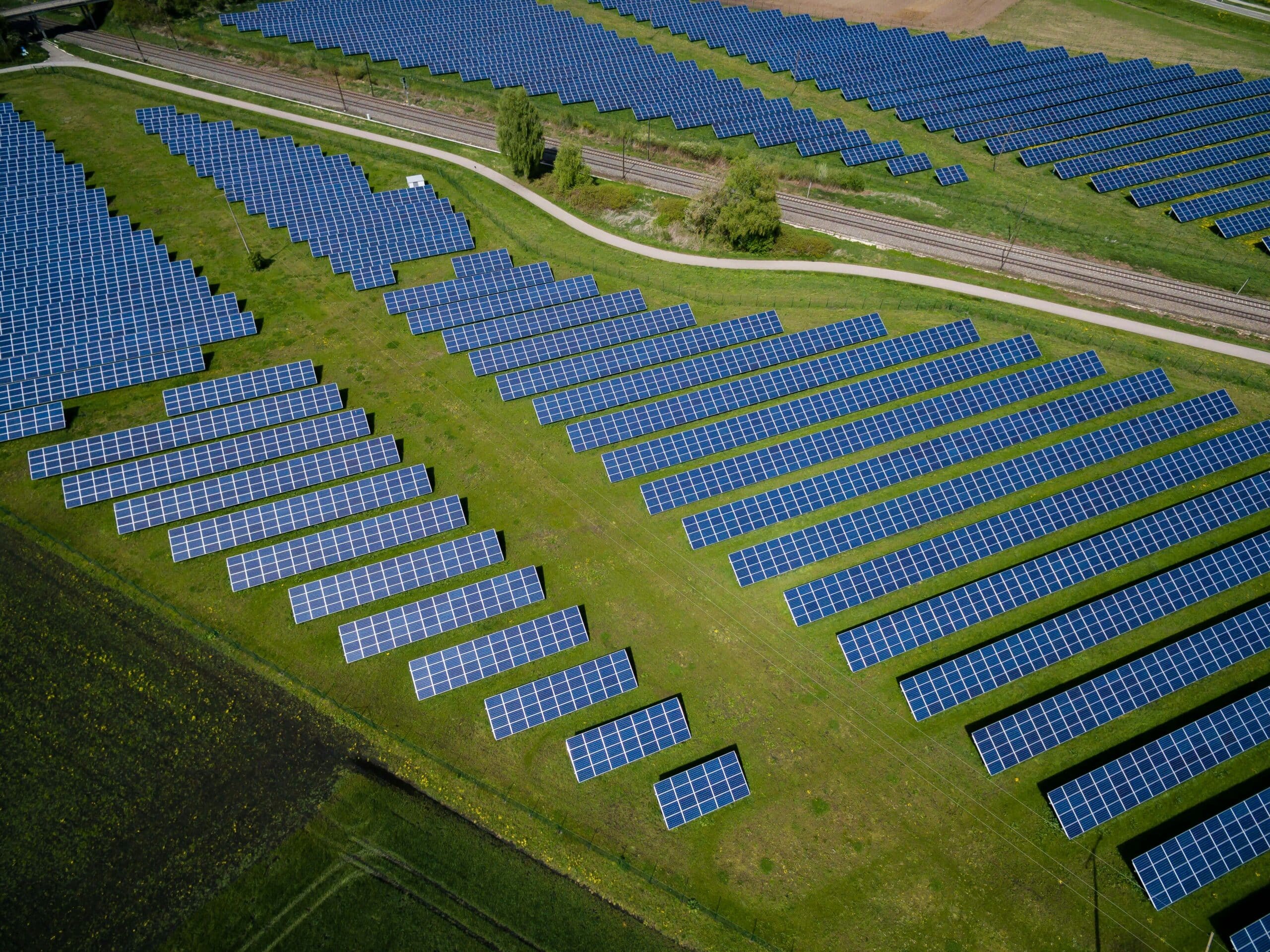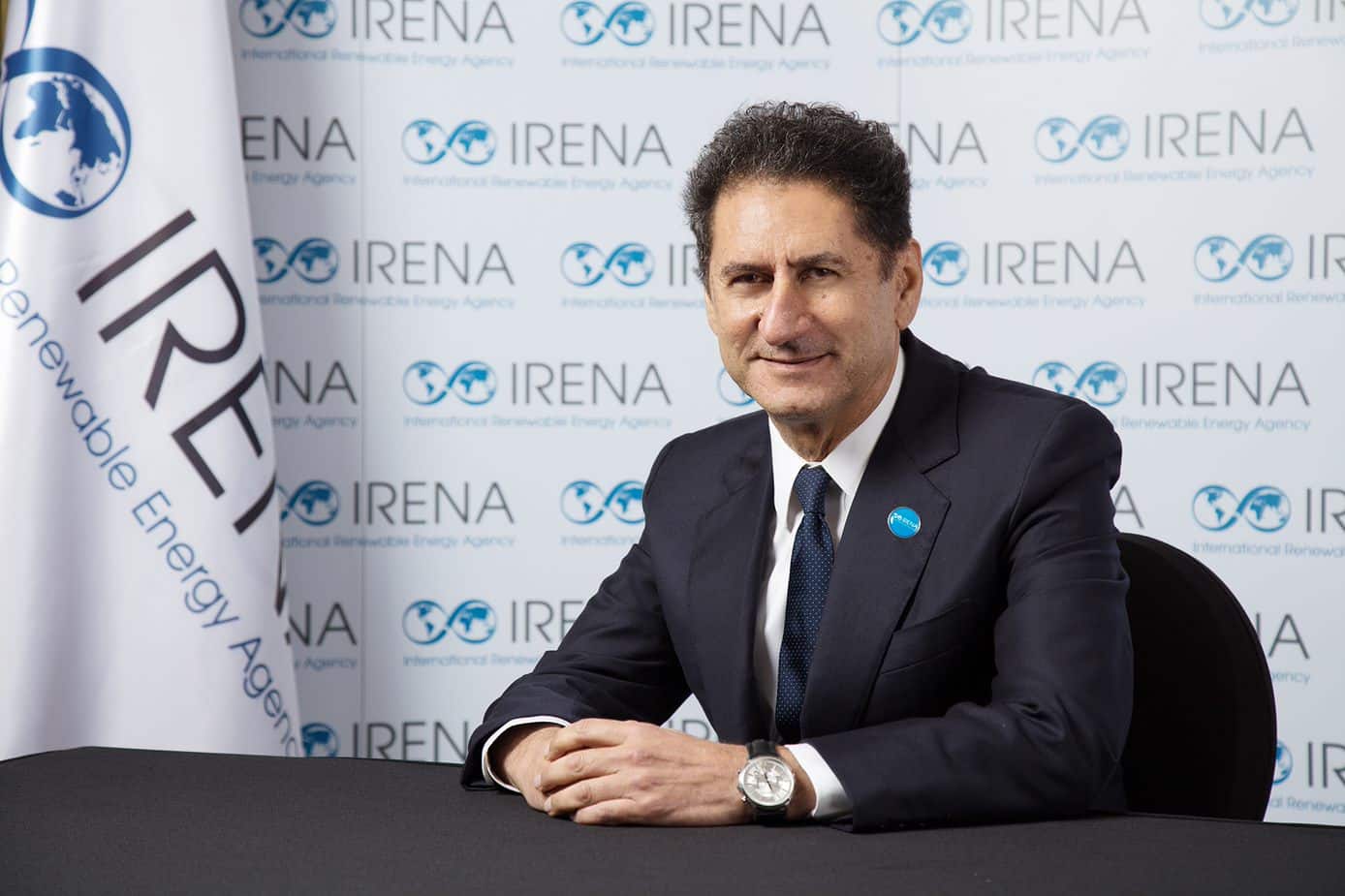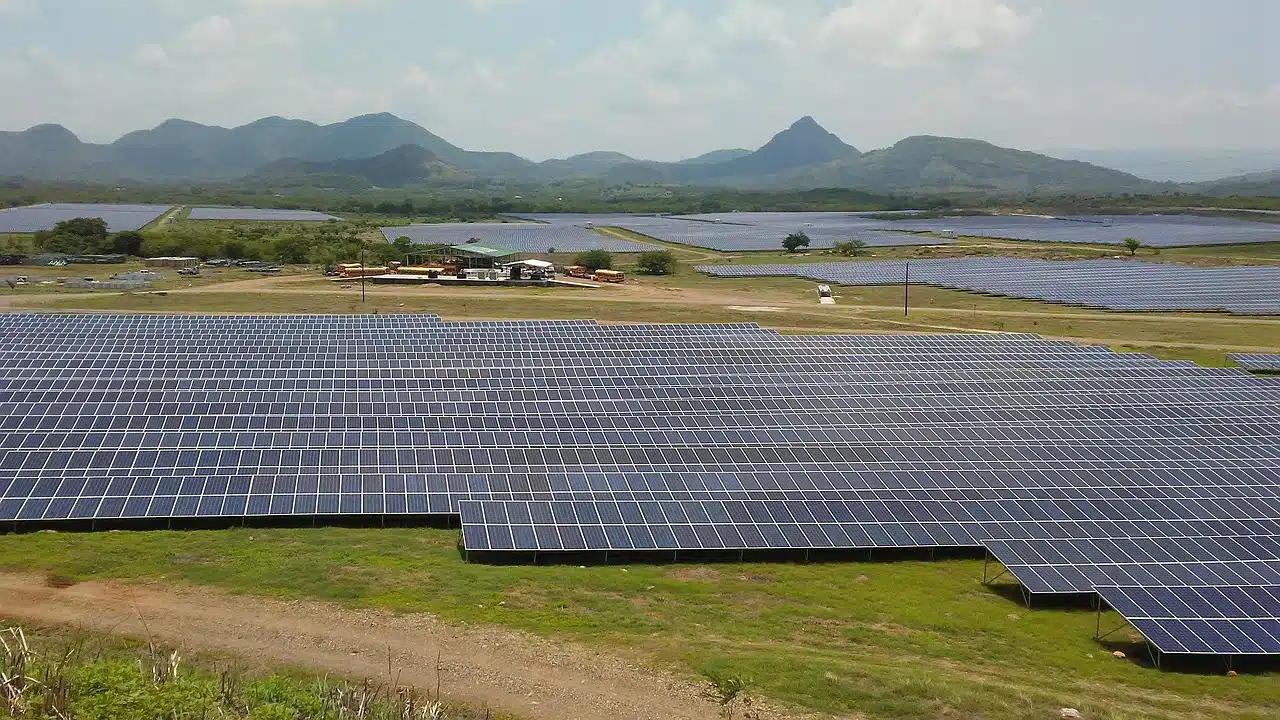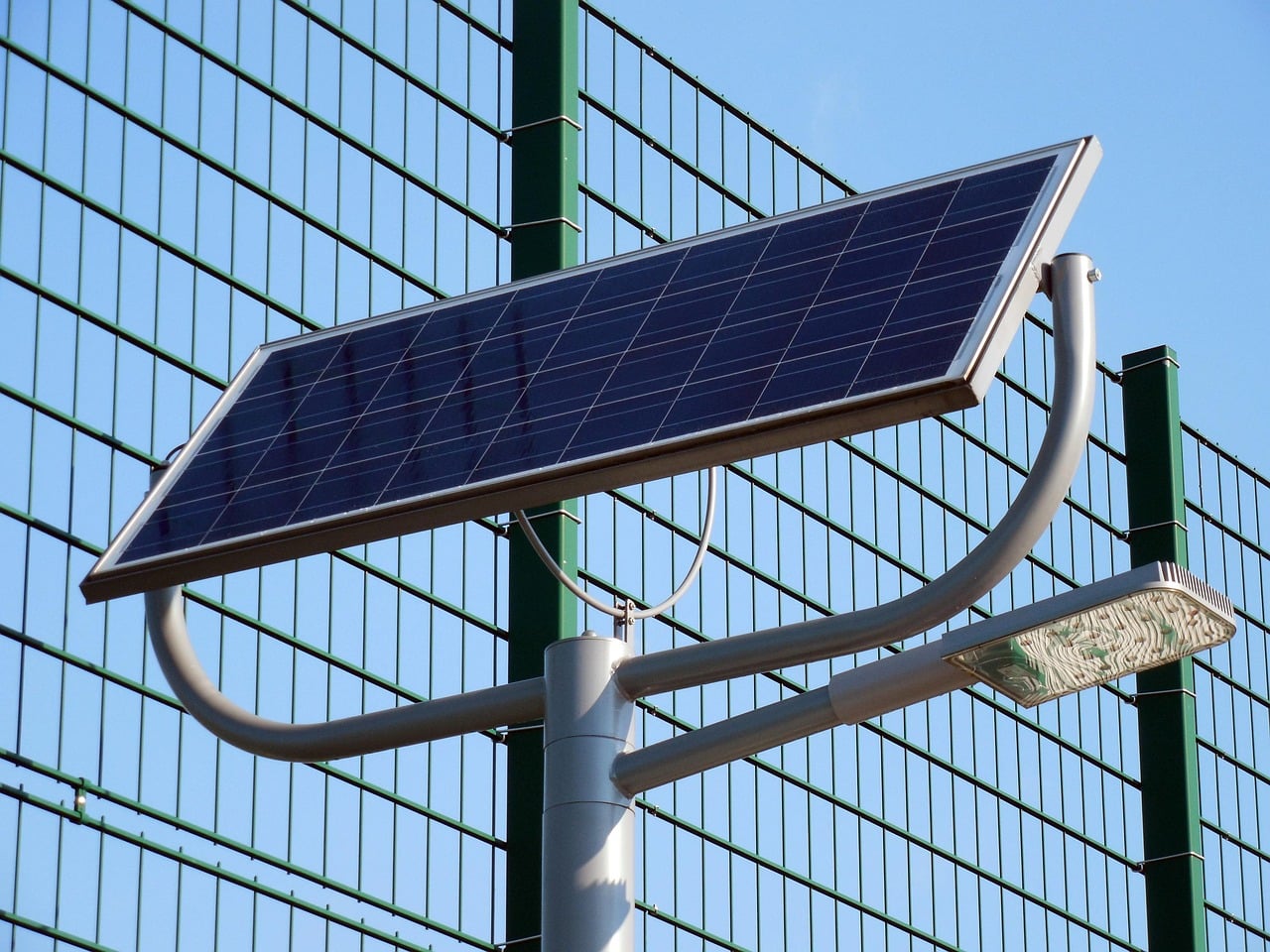Africa is often hailed as the next frontier for renewable energy development, because of its vast solar irradiance, robust wind corridors, and abundant hydropower potential.
Yet, despite the continent’s immense clean energy resources, the distribution of renewable energy projects remains starkly uneven.
Most of these projects are funneled into just two regions—Northern and Southern Africa—leaving large swathes of West, Central, and parts of East Africa trailing behind in the transition.
According to Solar Quarter, nearly 80% of the planned 500 megawatts (GW), currently in the concept phase across Africa, will be installed in these two regions.
This geographic imbalance is shaped by a complex web of factors: from investment readiness and regulatory stability to infrastructure availability and international partnerships.
Countries like Morocco, Egypt, and South Africa have emerged as continental leaders, leveraging strong policy frameworks, better credit ratings, and well-established energy markets to attract global capital and drive large-scale renewable deployment.
As of 2023, the leading African country in renewable energy capacity are South Africa (10.62 GW), accounting for over 17% of Africa’s total.
This is followed by Egypt with approximately 6.7 GW and Ethiopia, with 5.55 GW of renewable capacity.
Meanwhile, other regions—despite equally rich natural endowments—continue to struggle with project financing, grid constraints, and governance hurdles.
What attracts renewable energy projects to these regions
Various factors have been identified to explain why Northern and Southern Africa have attracted most of the continent’s renewable energy investments over the years.
This includes policy certainty, investment climate, abundance of renewable resources, availability of market, and private and public sector confidence.
- Abundant renewable resources
Africa is endowed with abundant renewable energy resources, including solar, wind, hydro, and geothermal power.
The continent’s theoretical onshore renewable energy potential is estimated at over 2,431,765 TWh per year, significantly surpassing its projected electricity consumption of 2,321 TWh by 2040.
The continent possesses 60% of the world’s best solar resources, offering significant opportunities for solar energy development, according to IEA.
The continent’s renewable energy sector saw a significant boost in 2024, adding 4.2GW of new capacity.
Its solar sector is projected to expand by 42% in 2025, with an additional 23 GW expected by 2028, driven by declining costs of solar technology, abundant sunshine, increasing electricity demand and the need to improve energy access.
Solar energy offers immense opportunities, with many regions receiving high solar irradiation throughout the year.
From North Africa’s deserts to sub-Saharan rooftops, the continent has seen historic growth in solar power deployment in recent years.
Northern and Southern Africa boast abundant solar energy potential that can be tapped at low costs.
North Africa leads the African continent in new utility-scale wind and solar deployment, holding a fifth of the continent’s grid-based solar power generation capacity.
Similarly, Southern African countries possess vast renewable energy potential, with renewables rapidly growing to account for a large share of its power capacity.
Between 2015 and 2018, renewables contributions to the Southern African Development Community (SADC) have grown from 23% to almost 39%, with immense opportunities expected as commissioning and operating costs for renewable power technologies continue to fall.
- Regional cooperation
Moreover, the EU established the European Neighbourhood Policy (ENP) to strengthen relations with its neighboring regions, covering Southern and Eastern partnerships.
The Southern Neighbourhood encompasses North African countries and the Eastern Mediterranean, while the Eastern Europe and Eurasia Partnership includes nations such as Moldova and Ukraine.
Apart from that, most countries in Southern and North Africa have set actionable national strategies to accelerate clean energy.
For instance, in its vision for 2050, Morocco has outlined five main strategic energy objectives, including achieving a diverse and competitive energy mix and adopting energy efficiency as a national priority.
The country, which has a substantial renewable energy capacity of 4GW, targets 52% of power generation from green sources by 2030 and 80% by 2050.
Also, most Southern African Development Community (SADC) countries have set renewable energy targets in their respective National Determined Contributions (NDCs) to meet climate goals.
Apart from their respective NDCs, the SADC’s Regional Energy Access Strategy and Action Plan also aims to utilise energy resources strategically to ensure affordable, sustainable, secure energy supply.
- Private/public sector involvement
While many African governments are now revising energy policies, offering incentives, and streamlining regulations to attract more private investment, their counterparts are expanding the scope to include public sector investment.
Public finance plays a far more important role in these regions than private sector financing, which was the primary source of global funding for renewables development between 2013 and 2020.
Unlike before, multilateral development finance institutions now provide direct funding, risk mitigation support and technical assistance for future renewable energy projects in the regions.
Climate finance initiatives are targeting these regions for renewable energy development for some obvious reasons.
In December 2024, a group of European investors, led by Sweden’s development finance institution Swedfund and Denmark’s Investment Fund for Developing Countries (IFU), committed $44 million to advance sustainable energy projects in Johannesburg, South Africa.
South Africa is the most industrialized economy and the biggest contributor to carbon emissions in Africa because of its dependence on coal, while North Africa is located in the MENA region, often associated as the best place for solar energy development.
A few days ago, South Africa’s state-owned utility, Eskom revealed plans to establish a standalone renewable energy subsidiary to help the country in accelerating the deployment of renewable energy solutions.
- Ready market for renewable energy in Northern and Southern Africa
Northern and Southern Africa have emerged as the most promising markets for renewable energy development on the continent.
According to the International Renewable Energy Agency (IRENA), North Africa—comprising Algeria, Egypt, Libya, Morocco, Tunisia, and Sudan—is Africa’s largest energy market, followed closely by Southern Africa, led by South Africa.
These regions benefit from a combination of ambitious national renewable energy targets, favorable geographic conditions, and growing energy demand driven by rapid urbanization and industrialization.
They also enjoy higher rates of socio-economic development and greater access to modern energy infrastructure compared to many other parts of the continent.
Egypt and Morocco are leading the way with large-scale solar projects integrated into national grids, while South Africa continues to expand its solar tenders to address persistent power shortages and improve grid reliability.
Earlier this month, South Africa unveiled a new national renewable roadmap to boost its renewable energy capacity by up to 5GW annually through 2030, with broader plans to accommodate emerging green technologies in its future iterations.
In addition, North Africa’s geographic proximity to Europe offers a unique advantage.
The region is well-positioned to become a key renewable energy exporter, particularly of green hydrogen, to European markets where demand is soaring in line with decarbonisation goals.
Recent geopolitical shifts in Europe have further enhanced North Africa’s role as a stable and reliable energy partner for the European Union.
The Region is entering into strategic agreements with European nations to launch pilot green hydrogen projects and expand cross-border energy cooperation.
How these two regions can consolidate their renewable gains
Attracting investments is just one piece of the puzzle in renewable energy development.
While necessary, it is not sufficient.
Northern and Southern Africa have made notable progress in attracting renewable energy financing, but lingering challenges such as policy fragmentation and weak grid infrastructure threaten to undermine long-term sustainability.
To consolidate their gains and sustain momentum, both regions must prioritize strategic partnerships, particularly with international allies like the European Union (EU), to access green financing, technical assistance, and knowledge exchange.
Here are four actionable steps for fostering equitable, sustainable, and mutually beneficial collaboration:
1. Harmonize policies and regulatory frameworks
African governments must work toward aligning policies and legislation with EU counterparts.
Coordinating regulatory frameworks will help create a stable, transparent, and investor-friendly environment, critical for accelerating long-term investments and technology transfer.
2. Launch joint R&D initiatives
Establishing collaborative research and development (R&D) projects between African countries and EU partners can drive industrial integration and clean energy innovation.
These efforts should focus on developing localized renewable energy technologies and sustainable industrial processes.
In this regard, Nigeria recently signed a strategic agreement with China to create a joint renewable research centre.
3. Shift from extractivism to equitable partnerships
Emphasis must change from extractivist models to inclusive partnerships that prioritizes local economic development, resource sustainability, and value-added manufacturing.
Projects must deliver long-term benefits for host communities, not just foreign stakeholders.
4. Build local expertise and manufacturing capacity
Renewable energy partnerships should focus on training local labor and strengthening technical institutions.
By doing so, regional manufacturing hubs for solar panels, wind turbines, and other components can be established in Africa.
This will reduce dependency on imports, lower logistics costs, and create lasting employment opportunities beyond the construction phase.
How the rest of Africa can catch up in the renewable energy race
While Northern and Southern Africa continue to attract the bulk of renewable energy investments, the rest of the continent still lags behind—largely due to inadequate financing and underdeveloped grid infrastructure.
These two challenges remain major barriers to accelerating renewable energy adoption in regions still grappling with widespread energy poverty.
Unlike their northern and southern counterparts, many countries in Central, Eastern, and Western Africa lack the capital and infrastructure necessary to support utility-scale renewable energy projects.
However, one promising and practical solution lies in off-grid solar power.
Across remote communities in countries like Kenya, Ghana, and Nigeria, off-grid and rooftop solar solutions are gaining momentum, especially in areas where grid expansion is either too expensive or logistically impossible.
Scalable mini-grid systems—often backed by governments, development partners, and private sector actors—are bridging the energy access gap more efficiently.
For example, Nigeria recently signed a $200 million agreement with WeLight to deploy hundreds of renewable-powered off-grid and mini-grid systems in rural areas.
These systems are significantly less capital-intensive than grid-tied power infrastructure, making them a strategic choice for underserved communities.
Overall, the growing concentration of renewable energy projects in Northern and Southern Africa signals a broader, long-term shift toward building resilient, sustainable, and inclusive energy systems.
But for this energy revolution to truly transform the continent, other African regions must move quickly to adopt scalable, decentralized solutions—or risk being left behind.
While Northern and Southern Africa currently lead in renewable energy investment, other African regions can learn from their strategies.
The key lies in adapting what works, fostering local ownership, and ensuring that renewable energy growth translates into real, measurable benefits for African economies and communities.
What Africa’s renewable energy future looks like
Africa’s energy landscape is incredibly diverse, meaning no one-size-fits-all solution can drive the continent’s renewable energy transformation.
However, there is a pressing need to build modern, resilient, and sustainable energy systems across Africa to prevent economies from becoming locked into outdated infrastructure, stranded assets, and limited growth opportunities.
With some of the world’s richest renewable energy resources—and nearly 600 million people still lacking access to electricity—Africa holds immense clean energy potential that remains largely untapped.
The continent’s renewable energy market is poised for steady growth as governments, investors, and communities increasingly pivot toward clean, reliable, and affordable energy solutions.
This shift is driven by the global call for an energy transition to combat climate change and ensure environmental sustainability.
According to the Intergovernmental Panel on Climate Change (IPCC), countries must reduce their emissions by 43% by 2030 compared to 2019 levels to limit global warming to 1.5°C, as outlined in the 2015 Paris Agreement.
This makes energy transition not just an option but an urgent necessity for every region, including Africa.
Despite its vast renewable potential, Africa continues to attract a disproportionately small share of global clean energy investment.
Over the past two decades, the continent has received just 2% of global renewable energy funding.
In 2024, the International Energy Agency (IEA) reported that only about $40 billion of the $110 billion invested in Africa’s energy sector was directed toward clean energy technologies.
Still, the outlook remains promising.
Africa plans to scale up its renewable energy generation capacity from 56 GW in 2022 to at least 300 GW by 2030.
Projections by Rystad show that Africa is on track to overtake Europe as the world’s third-largest geothermal energy market by 2030.
This transition is expected to power economies and significantly expand green jobs across the continent.
The green economy could create up to 3.3 million jobs in Africa by the end of the decade—particularly in sectors such as solar energy, e-mobility, construction, and manufacturing.
Yet, a 2022 report by the International Renewable Energy Agency (IRENA) showed that only around 323,000 renewable energy jobs were in Africa, representing less than 3% of global renewables employment.
Unlocking Africa’s clean energy future will require stronger international cooperation, policy reforms, and innovative financing to fully leverage its potential and power a more sustainable and inclusive future.

